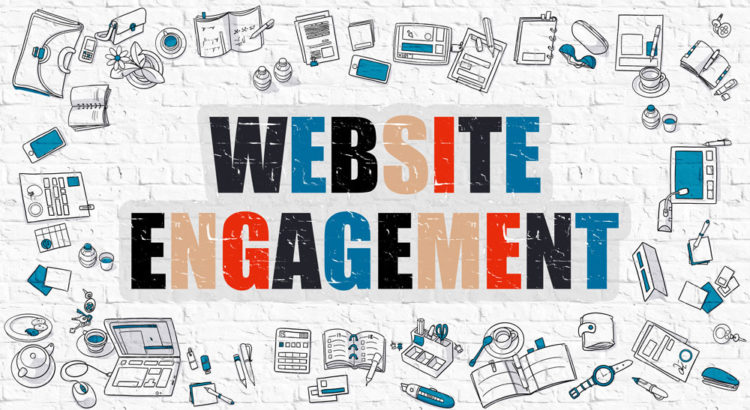Do any of your landing pages include videos?
No?
That could be a mistake.
Videos have become a key part of successful digital marketing campaigns, across social media, advertising, and product pages. But why do they work so well on landing pages?
Here are the top 4 reasons.
Videos on landing pages can increase conversions
Adding videos to landing pages can boost conversions by as much as 86 percent.
That’s unsurprising when you consider that 90 percent of consumers claim videos help them to make a purchase decision, and 79 percent would prefer to watch a video than read about a product.
Watching a video is faster and more convenient for visitors than reading a blog post, description, or sales pitch. They can sit back, relax, and absorb the relevant information in less time that it might take them to scroll blocks of text.
Videos show products and services in action
A text-heavy landing page might tell prospects how wonderful a particular product or service is — but readers have to paint pictures in their mind.
Pictures can show goods from multiple angles — but they’re all static.
Yet videos are dynamic and show products in action.
For example, four concise paragraphs can list a new smartphone’s features and native apps beautifully, but only a video can show the fluid visuals and smooth performance.
Videos can build brand recognition
Incorporating videos into landing pages can help to build brand recognition. Adding your logo at the beginning and end is an obvious trick, but you can do so much more.
The brand personality your business has cultivated should be present throughout. So, companies known for a lighthearted and informal tone may create lively videos with plenty of humor.
Whether prospects are familiar with your business already, landing page videos have to align with the tone of the ad which directed them to the site. It should suit the surrounding text and visuals too.
Videos should be crafted with the target audience in mind, based on a concrete understanding of your ideal customers. Define what they’re looking for when they click on an ad and what they expect to see when they reach the landing page. Don’t invest in flashy visuals and cutting-edge animation just to show off — keep everything relevant to your customers.
Videos help landing pages to make a stronger impression
People remember information presented through visuals six times better than text or audio.
That means even if your landing pages don’t convert prospects, including a video increases the chance that they’ll remember your business and/or the message conveyed down the line.
They might come back at a later date, and your retargeting campaign could be more effective if prospects already have a positive connection to your brand.
Adding videos to your landing pages can make a massive impact on your conversion rates and customer engagement. But actually writing, filming, and editing videos that grabs prospects is a challenge for any first-timer.
Understanding your business, audience, and the possibilities available based on your budget will help to make the process easier.
Want to work with our Orange County digital marketing experts to transform your landing pages? Get in touch today!



